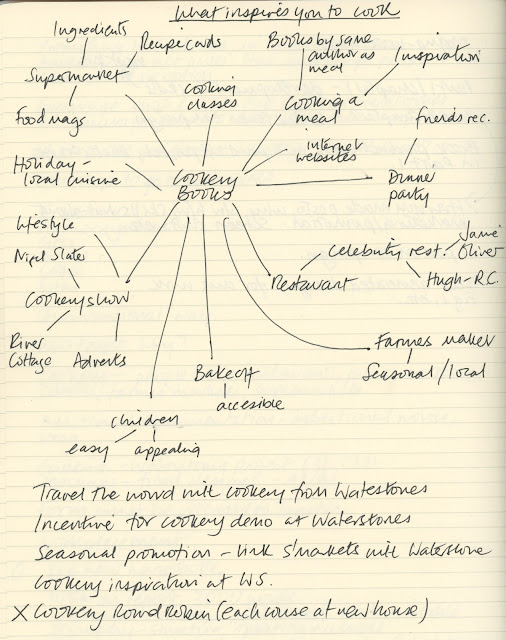Analysis
We were asked to review 5 infographics, in a variety of styles.Whist searching I found what is potentially a really useful tool from The Guardian:http://www.theguardian.com/global-development-professionals-network/2014/aug/28/interactive-infographics-development-data
Example 1: The Guardian - The world's top 50 banks
This infographics (ROGERS 2007) represents a serious subject for a serious readership and is presented in a formal manner. It has a standard colour scheme across all colours, and a business like serif font (the same one the Guardian uses, I think). It includes source information (in very small print). No key is necessary and it is very easy to understand and compare the data, as the size of the circles relate to the amount, and countries are displayed in a single colour. The audience is the readers of The Guardian newspaper - I'm guessing they would be well educated and interested in a factual analysis. This infographic would look better in print as the writing is too small to read on an iMac, let alone on a tablet or phone. There is no hierachy involved as all the information is equally important, which makes the eye flit around looking for somewhere to settle, which is perhaps a weak point of the graphic.
Example 2 - The Guardian (Culture supplement) - Fact-checking the famous: Beyonce
This tongue-in-cheek infographic (Dee, 2013) contrasts in style with the previous example from The Guardian. This is aimed a less serious reader, or the same reader who expects something more light-hearted from The Guardian's culture supplement. No sources are referenced, because to be honest its unlikely that Beyonce has "the world's most powerful thighs'. There is a clear hierarchy in the information, with the dominant pink colour drawing your eye round the page with its repetition. The typefaces are straightforward sans serifs making it a very quick read. The simple doughnut graphic is the only formal element, even that is used to show trivia. It serves its purpose well though and would appeal mostly to teens or someone looking to fill a spread 30 seconds.
Example 3 - UK road sign
This infographics is a very straightforward road sign (Traffic road signs giving directions, ND). Signs like this are directed at the road driving public who would be very familiar with them. They are in standard colours, in the same standard typeface, Transport, that was introduced in the 1950s. It is large and easy to read from a distance with a large x-height. The pictograms representing airport and motorway would be recognisable to any driver from anywhere in the world. The graphic representing the roundabout is standard and straightforward. This is obviously a serious, if simple, infographic.
Example 4 - London's Literary Haunts
This piece of art shows the places that characters from famous novels visited (Dex, ND). It is a fun piece and is on display at The Literary London Art Collection. Presumably the more famous the character, the larger the type. The river Thames is clear to see. This is informal but eye-catching in black and white, with a variety of hand drawn typefaces and a few pictograms thrown in. I'm sure this piece is stunning in real life, but on screen it's a hard read.
Example 5 - Preserves
Preserves (Wildish, ND) is a lighthearted infographic representing the ingredients of various preserves (except The Jam!). It is straightforward and to the point, with different colours relevant to the colour of the ingredient they represent, and consistent in each jar. The typeface is a clear sans serif, which goes well with the informal and quite retro tone and subject matter. It is simple enough to be clearly legible on a smartphone. As Wildish is a graphic artist, it goes well with the other work in his portfolio and would suit many applications.
References
DEE, J (2013) Fact-checking the famous: Beyonce [online] The Guardian. Available from http://www.theguardian.com/culture/interactive/2013/feb/15/infomania-beyonce [Accessed 24 October 2015]
DEX (ND) [online] http://www.stipso.com/blog/2014/10/16/infographic-of-the-week-whats-killing-james-bond [Accessed 24 October 2015]
FERGIE'S DRIVER TRAINING (ND) Traffic road signs giving directions [online] Available from http://www.drivinginstructorm44.co.uk/learning-to-drive/learnig-to-drive/uk-road-signs/traffic-road-signs-giving-directions [Accessed 24 October 2015]
ROGERS, S (2007) The world's top 50 banks [online] The Guardian. Available from http://www.theguardian.com/news/datablog/2009/mar/25/banking-g20 [Accessed 24 October 2015]
WILDISH, S (ND) Preserves. Available from http://stephenwildish.co.uk [Accessed 24 October 2015]

















































